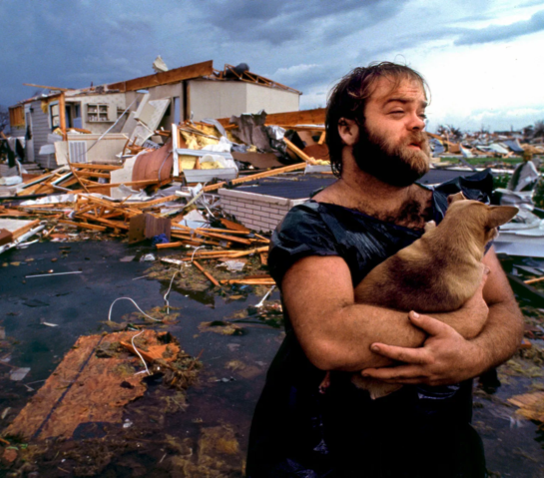What is a wind mitigation inspection?
During a wind mitigation inspection, KNH Inspections thoroughly assesses the sturdiness and resilience of a home’s roof, windows, and framing to determine its ability to withstand powerful winds. While Pensacola isn’t hit with storms with the frequency of Miami, large storms still visit the panhandle. This quick and easy inspection can save you significant money on your insurance premium.
When your inspector arrives, they will document your windows and their protection features. If you have impact windows, let your inspector know, and please have documentation like the invoice from your window contractor, the window’s Florida Product Approval number, or the permit. The more documentation you have, the easier it is to save money. You must have your shutters available to the inspector to add them to your report. You will not receive this credit if they’re not documented. It is important to note that opening protection is all or nothing regarding wind mitigation inspections. All glazed openings must be protected, or you will not qualify for the credit.
The construction of your roof is taken into account. A hip roof receives the largest discount as it is more aerodynamic and doesn’t have large flat surfaces for wind to push against. Most new homes are designed with this wind mitigation feature in mind. In order to qualify for this credit, no more than 10% of the roof’s perimeter can be a non-hip feature. If your house has large gables, you will likely not qualify for this wind mitigation credit.
The inspector will then enter your attic and identify the pattern and the size of the nails used to fasten your roof decking to the rafters. Ideally, the inspector is looking for 8d nails spaced six inches apart. Roofs installed since 2020 should have the proper nail pattern as it became the year’s building code. Older roofs may be attached in many ways, like 6D nails or staples. This will affect your insurance premium credit.
The inspector will look for evidence of an SWR, a peel-and-stick underlayment upgraded from felt paper. If you have an invoice showing that peel and stick were used throughout your roof decking, please have that ready for your inspector. Peel-and-stick can be called Ice and Water Sheild, but several product manufacturers exist. It is sometimes difficult to see the SWR, so documentation greatly helps!
Your roof-to-wall connection will also be documented. This is where the rafter tail sits on the top plate of an exterior wall. There are many types of connections, but the most common are toenails or hurricane clips. The inspector will identify the attachment method and record it in your report. This is a substantial credit, so it is great if you have them. There are specific requirements for clips to count. They must have at least three nails visible in order to qualify.
The State of Florida is offering a substantial grant to help homeowners in Pensacola add wind mitigation features to their homes. You can learn more about that at https://mysafeflhome.com/
Homeowner’s insurance rates are rising; ensure you get all the discounts you deserve.


